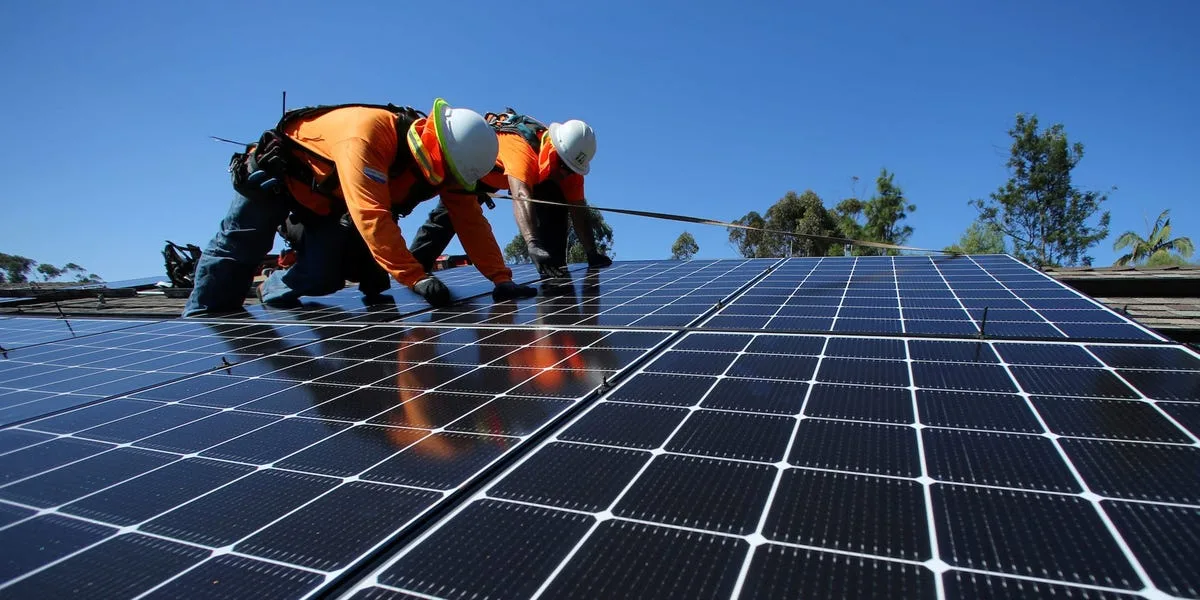The Green Skills Gap: Meeting the Demand for a Sustainable Workforce
The Green Skills Gap
LinkedIn recently conducted an analysis of user data and found that only 1 in 8 workers globally possess the green skills that companies are seeking. This includes abilities such as measuring carbon emissions, building renewable energy projects, waste management, and water quality protection. What’s more concerning is that the gap is most pronounced among women, leading to the emergence of a “”green ceiling.””
Challenges and Opportunities
The green transition is expected to create numerous job opportunities worldwide. However, there is a clear shortage of workers with the necessary skills to fill these roles. This poses not only a challenge in addressing the urgent need for sustainable practices but also signifies a substantial economic opportunity going unrealized. LinkedIn’s Efrem Bycer emphasizes the importance of accelerating green talent development to capitalize on this potential.
The Need for Rethinking Hiring Practices
To keep up with the demand, employers need to reevaluate their hiring strategies. While workers with green skills have better job prospects, the requirement for prior experience can make it difficult for individuals to break into the field. Employers must connect their climate goals to their workforce and invest in targeted talent development programs. By recognizing transferable skills, individuals from various backgrounds can contribute to the sustainability sector.
Transferring Skills to the Green Sector
Not all green jobs require a specific job title. Individuals who have experience in project management, sales, or customer support can find opportunities in solar consulting, for example. Skills in procurement and supply chain management are in high demand, especially in reducing carbon footprints. Recognizing the transferability of skills can open up avenues for workers interested in transitioning to the green economy.
Addressing Gender Disparities
The fact that 66% of the current green talent pool is male highlights a significant gender disparity within the field. This is known as the “”green ceiling.”” To address this issue, targeted outreach and apprenticeship programs in traditionally male-dominated industries such as construction and electrical work are recommended. Additionally, providing wraparound services like childcare would help mitigate barriers for women.
Encouraging Trends
Despite the challenges, there are encouraging signs of progress. Women are joining the green talent pool, albeit at a slower rate than men. However, women are more likely to possess skills related to sustainability education, sustainable development, and the circular economy. Women in sectors such as oil, gas, and mining also exhibit more green skills compared to their male counterparts.
A Collaborative Approach
Both climate and labor experts, from governments to companies, are now actively discussing the issue of the green skills gap. This convergence acknowledges the interplay between climate action and workforce development, creating opportunities for collaboration and innovative solutions.







